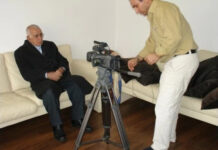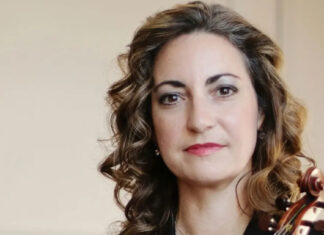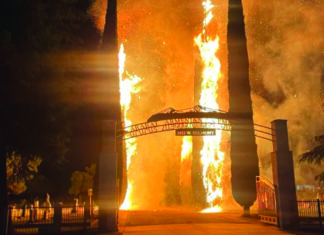By Alin K. Gregorian
Mirror-Spectator Staff
Balakian Focuses on Kazan’s Seminal Film ‘America, America’ in Depiction of Ottoman Oppression of Armenians and Greeks
WATERTOWN — Author, professor and poet Peter Balakian was the main speaker on December 1 at a program at the Armenian Museum of America (ALMA) about Elia Kazan’s film “America America.” The program was organized by the Tekeyan Cultural Association and Facing History and Ourselves, and cosponsored by the National Association for Armenian Studies and Research, ALMA and the Armenian Mirror-Spectator.
Two books by Balakian were published this year by the University of Chicago Press this year, Ozone Journal, a collection of
see FILM, page 12









